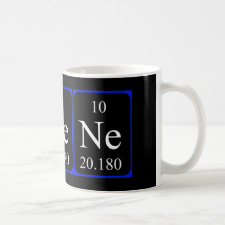
Authors: Gao BJ, Wang XH, Zhang YY
Article Title: Preparation of chromate anion surface-imprinted material IIP-PVI/SiO2 based on polyvinylimidazole-grafted particles PVI/SiO2 and its ionic recognition characteristic.
Publication date: 2013
Journal: Materials Chemistry and Physics
Volume: 140
Issue: (2-3)
Page numbers: 478-486.
DOI: 10.1016/j.matchemphys.2013.03.056
Alternative URL: http://www.sciencedirect.com/science/article/pii/S0254058413002800
Abstract: An anion-imprinted material with high performance for recognizing chromate anion was prepared by adopting the novel molecule surface-imprinting technique put forward by our research group previously. Functional macromolecule polyvinylimidazole (PVI) was first grafted on the surfaces of micron-sized silica gel particles, forming the grafted particle PVI/SiO2. Afterwards, the ion imprinting was carried out towards the grafted macromolecule PVI by using CrO4 2- anion as template and 1,6-dibromohexane as crosslinking agent, and chromate ion surface-imprinted material IIP-PVI/SiO2 was obtained. The binding characteristic of IIP-PVI/SiO2 towards CrO4 2- anion was studied with both static and dynamic methods. The experimental results show that IIP-PVI/SiO2 has excellent binding affinity and high recognition selectivity for chromate anion. Before imprinting, the grafted particles PVI/SiO2 have similar adsorption capacities for both two anions, chromate anion and phosphate anion that was used as a contrast anion. However, after imprinting, the binding capacity of IIP-PVI/SiO2 towards phosphate anion decreases remarkably, whereas the binding capacity of IIP-PVI/SiO2 for chromate anion still remains very high, leading to a high selectivity coefficient (7.78) of IIP-PVI/SiO2 for CrO4 2- anion with respect of PO4 3- ion
Template and target information: chromate anion
Author keywords: Amorphous materials, chemical synthesis, Chemical techniques, adsorption



Join the Society for Molecular Imprinting

New items RSS feed
Sign-up for e-mail updates:
Choose between receiving an occasional newsletter or more frequent e-mail alerts.
Click here to go to the sign-up page.
Is your name elemental or peptidic? Enter your name and find out by clicking either of the buttons below!
Other products you may like:
 MIPdatabase
MIPdatabase









